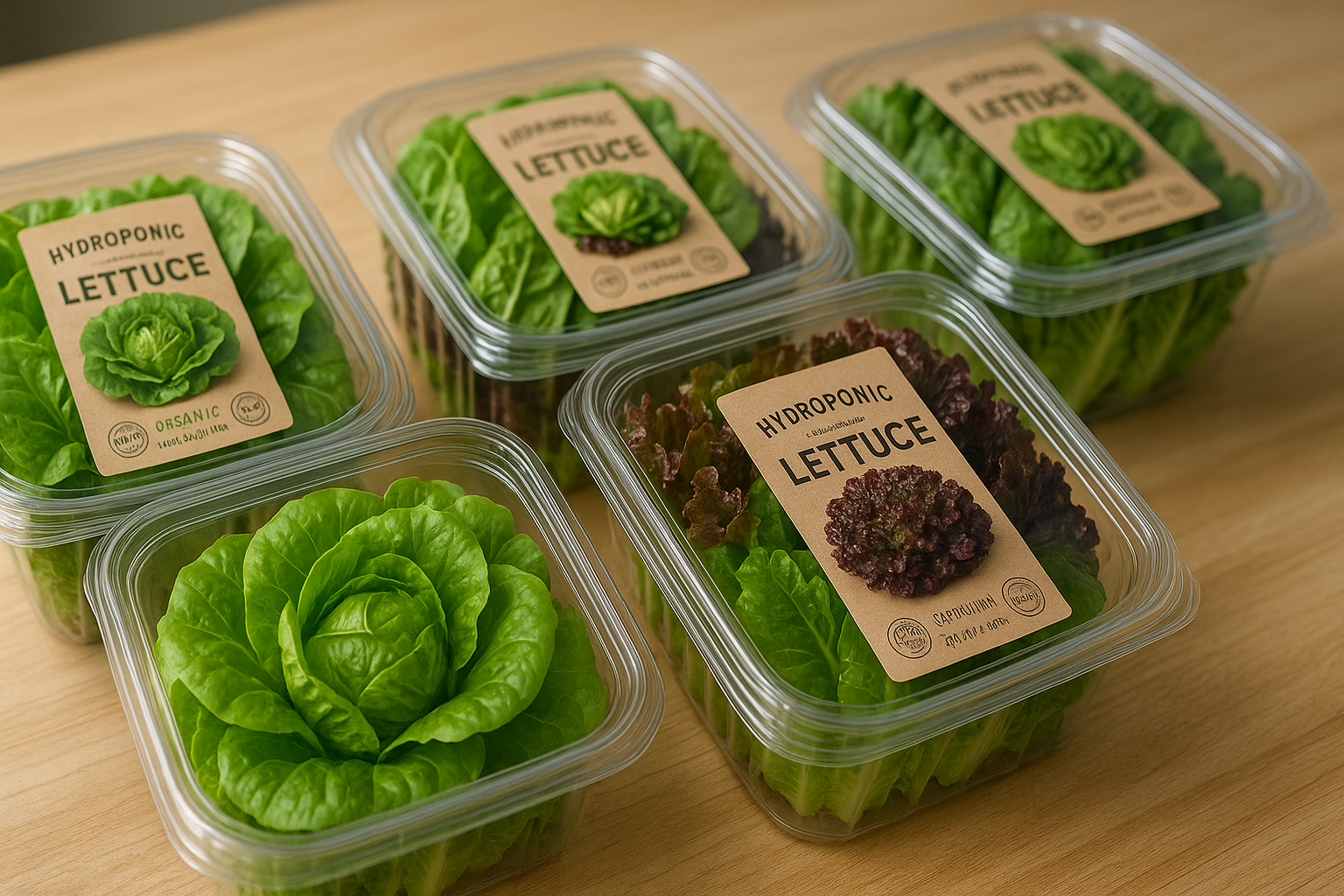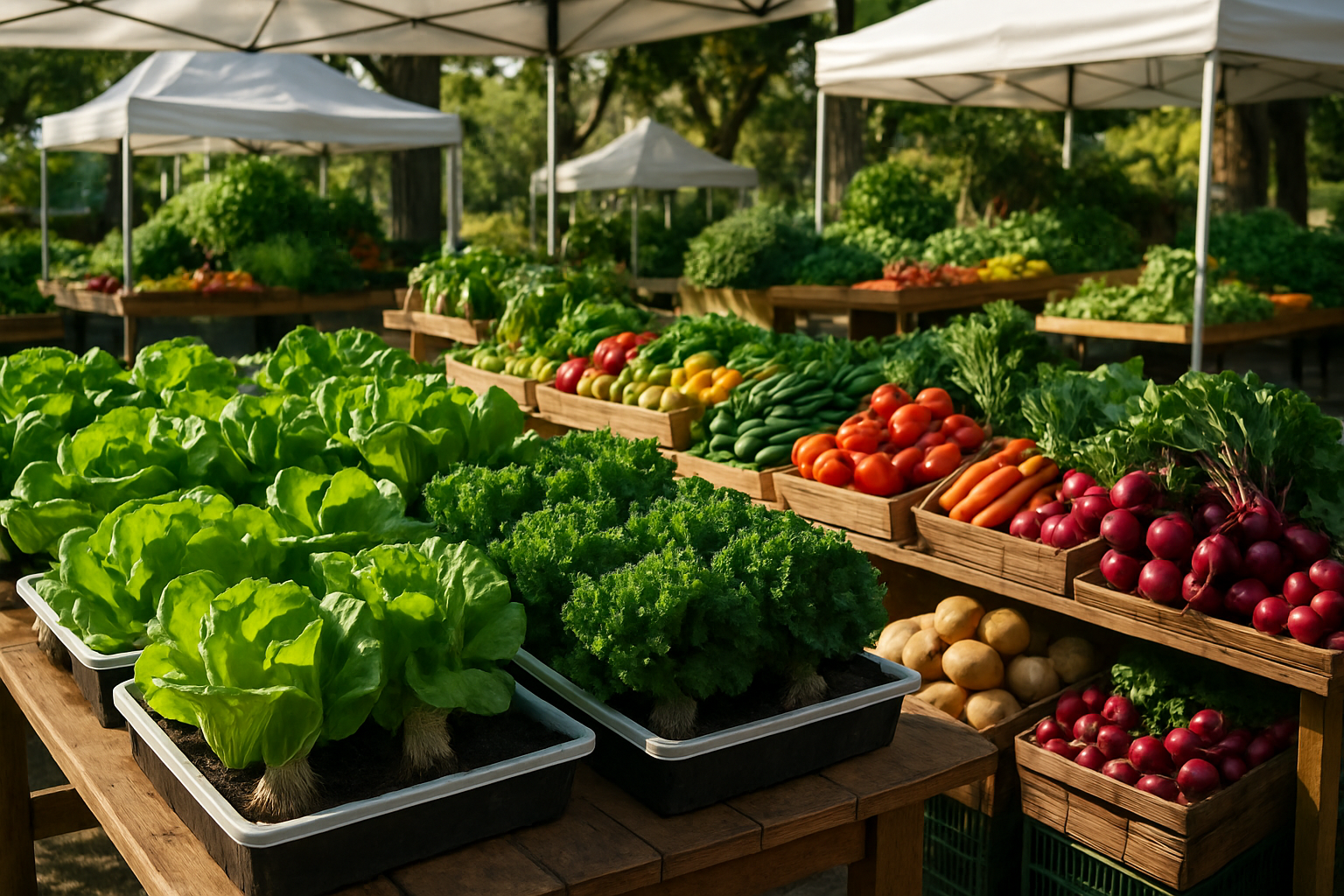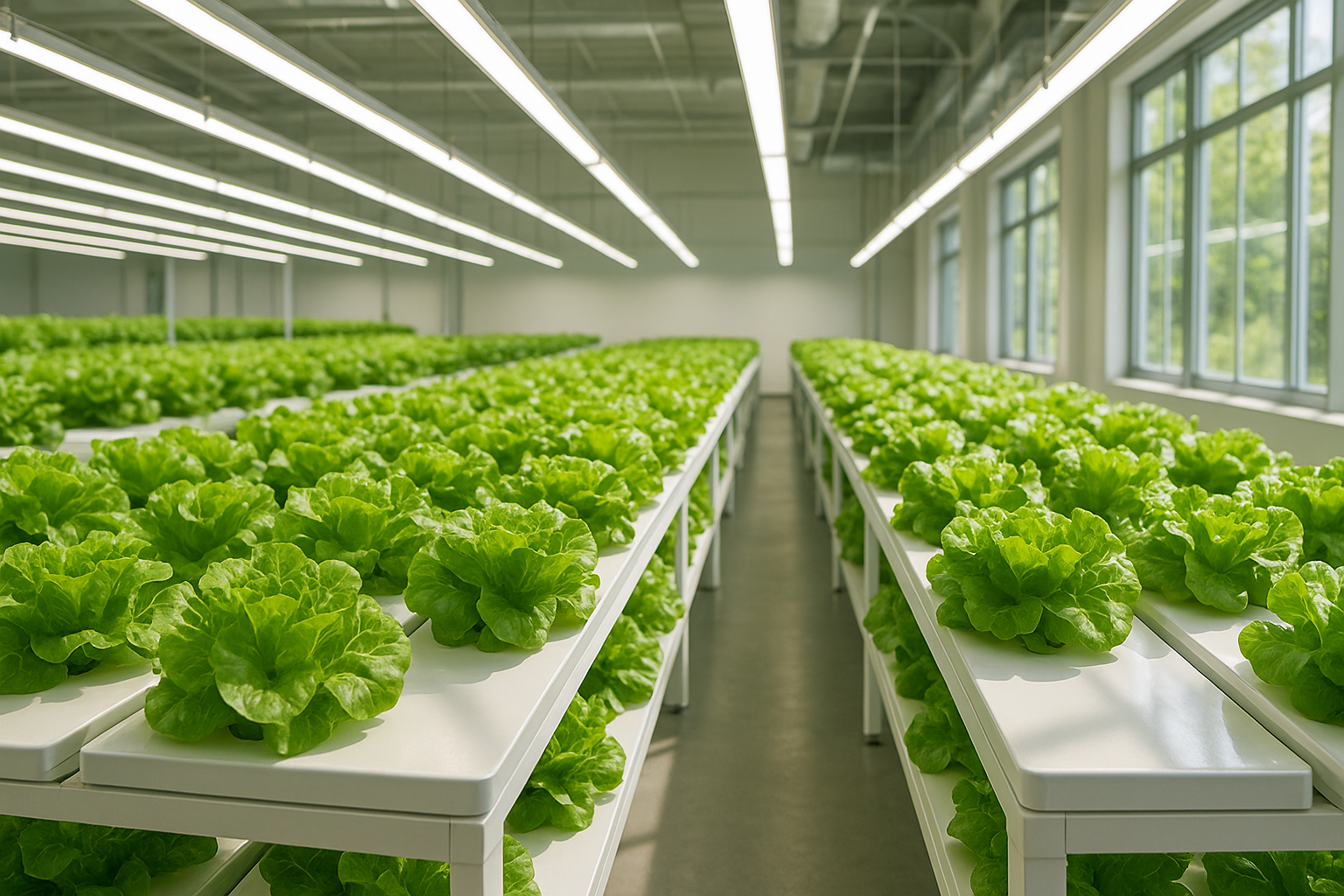Understanding the Market for Hydroponic Lettuce
Hydroponic lettuce is gaining remarkable traction in both local and global markets, reflecting broader shifts toward clean eating and sustainable agriculture. In recent years, consumers have become more health-conscious, and retailers are responding by seeking out fresher, safer produce options—hydroponically grown lettuce fits the bill perfectly.
Restaurants, especially those focused on farm-to-table menus, are key buyers because they value the unmatched freshness and crisp texture that hydroponics delivers. Grocery stores also view hydroponic lettuce as a premium product that appeals to shoppers who prioritize sustainability and pesticide-free food. Even direct-to-consumer sales, through farmers markets or subscription produce boxes, are booming as people want to know exactly where their greens come from.
One major advantage for sellers is the year-round production capability—hydroponic systems aren’t reliant on seasonal weather, so supply remains steady even when field-grown lettuce isn’t available. Additionally, the reduced need for transportation (since hydroponic farms can be located closer to buyers) means the lettuce stays fresher for longer, reducing food waste and boosting customer satisfaction.
As awareness about sustainability grows, more people are seeking produce grown with less water and no harmful chemicals. This unique selling proposition helps hydroponic lettuce stand out in a crowded produce section and often allows sellers to command higher prices. With ongoing concerns over food contamination and the environmental impact of traditional farming, it’s clear why the demand for hydroponic lettuce is set to climb, making it a smart, future-forward crop for growers and entrepreneurs.
Preparing Your Product for Sale

Getting your product ready for sale starts with ensuring every item meets a high standard of quality and looks its best. Consistency is key: check that all units are fresh, properly sealed, and uniform in appearance.
Clean, durable packaging not only protects your product but also signals professionalism—potential buyers notice the effort you put into presentation. Accurate labeling is crucial as well; include clear product information, ingredients, weight, and expiration date.
Don’t forget to research your local safety regulations and secure any required certifications, such as FDA approval, state health department permits, or organic certification if you qualify. Display proof of compliance on your labels or booth to build trust and reassure customers.
To help your product stand out in a crowded market, think about what makes it special: are you using heirloom varieties, blending signature spice mixes, or offering gluten-free or vegan options? Highlight these points on your packaging and in your marketing. For example, if your jams are made only from local, organic berries, let shoppers know—it connects the product to quality and values they care about.
A polished product presentation, from stylish jars to custom labels, does more than catch the eye; it reflects your commitment and expertise. When buyers see a thoughtfully presented, well-branded item, they’re more likely to perceive it as premium and worth the investment, leading to stronger interest from retailers, markets, and loyal fans alike.
Identifying Ideal Buyers for Hydroponic Lettuce

When marketing hydroponic lettuce, understanding your ideal buyers can make all the difference in securing steady sales. Local grocers often prioritize freshness, local sourcing, and the ability to purchase in bulk, making them prime customers if you can provide consistent delivery and competitive pricing.
Restaurants and chefs, on the other hand, may seek unique lettuce varieties, superior flavor, and organic labeling, as these features help them stand out and meet customer expectations for quality and sustainability.
Farmer’s markets and food co-ops tend to attract health-conscious consumers who want to know their food’s origin. Participating in these venues can also help build valuable direct relationships with buyers and provide real-time feedback.
Community Supported Agriculture (CSA) programs are another promising avenue; they usually require guaranteed weekly or monthly supplies, which can be ideal if your output is steady and predictable.
Direct consumers form a different segment, often purchasing smaller quantities but valuing convenience, local delivery, and the farm-to-table connection.
To identify your prospects, start by compiling a list of local grocers and restaurants—many share their sourcing policies and buyer contacts online or through local business directories. Attending industry events and networking within food circles can help you discover chefs and co-ops looking for new suppliers.
Be prepared to offer product samples and clear information about your supply capacity, as most buyers want to assess product quality firsthand and be assured you can meet their needs reliably throughout the year. Always ask buyers about their non-negotiable requirements so you can tailor your pitch to their priorities and build lasting relationships.
Effective Outreach Strategies to Find and Attract Buyers

When it comes to finding and attracting buyers for your products, combining direct and digital outreach strategies works best. Start by reaching out personally—phone calls, targeted emails, or even visiting local stores and businesses with product samples can leave a memorable impression.
For example, if you’re offering artisanal sauces, a quick call to a specialty grocery store manager followed by an in-person visit with tasting samples can open doors faster than waiting for buyers to find you.
Also, harness the power of social media by actively posting updates, stories, and behind-the-scenes peeks of your production process. Platforms like Instagram and Facebook let you connect with both individual buyers and local businesses.
Local food networks, such as online groups or community forums, are another excellent way to spread the word — don’t be shy about introducing your offerings or asking for recommendations.
Setting up a simple website or maintaining a profile on Google My Business helps establish your credibility and gives potential buyers an easy way to learn more and get in touch.
To build relationships and trust, regularly attend local food events, pop-up markets, and farmers’ markets, where you can network face-to-face and let people sample your products firsthand. Buyers are often more likely to take a chance on a product when they’ve met the maker and tasted what you offer.
By combining personal outreach with a strong online presence and participation in community events, you’ll increase your chances of attracting committed buyers and building word-of-mouth momentum around your brand.
Building Relationships and Securing Repeat Sales
In today’s competitive market, building strong relationships with your buyers is key to turning one-time customers into ongoing partners. Personal connections go a long way; a quick email or message after a sale—such as, “Hi [Name], thank you for your recent order! If you need anything else or have feedback, I’m here to help”—shows you care beyond the transaction.
Try setting reminders to follow up regularly, perhaps every few months, just to check in or share updates on new products. For example, “Hi [Name], I wanted to let you know about our new seasonal line. Would you like a sample or more information?” Being reliable in your deliveries and flexible with your buyers’ needs builds trust, while promptly addressing any concerns or feedback—“Thank you for your feedback about shipping, we’ve updated our process to ensure quicker delivery”—demonstrates your commitment to their satisfaction.
To safeguard repeat business and reduce uncertainty, consider drafting clear yet simple contracts or standing agreements outlining terms, order frequency, and payment schedules. This not only protects both sides but also makes customers feel valued and secure in their ongoing partnership with you.
By combining thoughtful communication, openness to feedback, and formal agreements, you lay the groundwork for steady, long-term sales growth.
Scaling Up
Expanding your reach and boosting market share starts with diversifying your customer base. If you’ve primarily sold directly to consumers, consider reaching out to wholesalers who can move larger quantities of your products.
Connect with nearby restaurants by offering samples and highlighting the freshness or unique qualities of your goods—chefs often prefer local ingredients and may become repeat customers if your supply is reliable. Don’t overlook the power of online sales, either. Build a simple website or use popular platforms like Etsy or local food delivery apps to attract tech-savvy shoppers searching for farm-fresh products.
As orders grow, managing logistics becomes critical. Develop a streamlined system to track inventory and coordinate pickups or deliveries efficiently. Consider leasing a temperature-controlled vehicle if you’re delivering perishable items, or partner with a reliable courier service.
Teaming up with local shops is another great way to get your products noticed—offer consignment arrangements or co-branded promotions to draw in new shoppers. Joining a farm cooperative can also increase your exposure and bargaining power, especially when negotiating with larger buyers.
As your business expands, monitor your operations closely. Be ready to hire staff, invest in better equipment, or automate certain tasks to handle higher volumes. Finally, adapt your marketing to match your growth—share customer testimonials, showcase new partnerships on social media, and consider targeted local ads to stay ahead of the competition.
Growing your business isn’t just about selling more; it’s about building a network of loyal buyers and partners who help you succeed at every stage.
